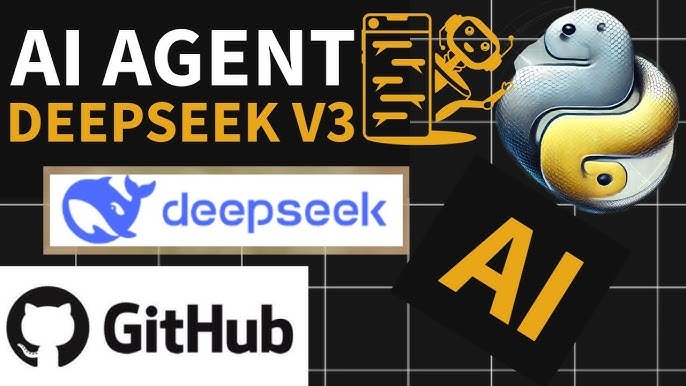
Introduction
Exploration of the DeepSeek Version 3 Project, an open-source AI development that serves as an alternative to Claude Engineer. Created by Dorian Darko, this project represents a significant advancement in AI and natural language processing, particularly focusing on coding assistance capabilities.
DeepSeek v3 Engineer
DeepSeek v3 Engineer is a powerful coding assistant that leverages the DeepSeek v3 API to help developers with various programming tasks. It’s designed to be user-friendly and efficient, offering a range of capabilities that can significantly enhance your coding workflow.
Key Features:
- Intuitive Command-Line Interface: DeepSeek v3 Engineer provides a simple and easy-to-use command-line interface, making it accessible to developers of all levels.
- Real-time Code Suggestions: The tool can analyze your code in real-time and provide intelligent suggestions for improvements, such as code completion, error detection, and refactoring.
- Code Generation: DeepSeek v3 Engineer can generate code snippets or even entire functions based on your natural language descriptions or existing code patterns.
- API Integration: The tool seamlessly integrates with the DeepSeek API, allowing you to leverage the power of DeepSeek’s advanced language models for a wide range of coding tasks.
- Customizable Settings: You can customize various settings to tailor the tool to your specific needs and preferences.
Use Cases:
- Rapid Prototyping: DeepSeek v3 Engineer can help you quickly prototype and experiment with different code ideas, saving you time and effort.
- Code Reviews: The tool can assist in code reviews by identifying potential issues and suggesting improvements.
- Learning and Education: DeepSeek v3 Engineer can be a valuable tool for learning and practicing coding, providing guidance and feedback as you progress.
- API Testing: The tool can help you test and debug your API integrations, ensuring they function correctly.
Key Sections
Project Overview
- The project is a Python-based coding assistant application that integrates with the DeepSeek API
- Features include structured JSON response generation and real-time file manipulation
- Implements an intuitive command-line interface for user interaction
- Capable of reading local file contents, creating new files, and applying edits
Technical Architecture
- Utilizes a mixture of experts (MoE) language model architecture
- Total parameter count: 671 billion, with 37 billion parameters activated per token
- Implements multi-head related attention for enhanced understanding
- Features deep architecture optimization for efficient resource utilization
- Includes auxiliary loss-free load balancing for performance stability
Training Methodology
- Pre-trained on 14.8 trillion tokens
- Uses FP8 mix precision training framework
- Required 2,788 million H800 GPU hours
- Approximate training cost: $5.76 million
- Notable for its stability during training with no loss spikes
Performance Benchmarks
- Achieved 75.9 score on MML Pro benchmarks
- Outperforms other open-source models in coding competitions
- Excels in mathematical reasoning tasks
- Strong performance in Chinese factual knowledge assessments
- Underwent supervised fine-tuning (SFT) and reinforcement learning (RL) post-training
Conclusion and Key Takeaways
DeepSeek v3 represents a significant advancement in open-source language models, proving that high-performance AI systems can be built cost-effectively. By combining innovative architecture with efficient training methods, the project makes advanced language processing more accessible to the broader community.
DeepSeek v3 Engineer stands out as a valuable tool for developers seeking to boost their productivity. Its intuitive interface, robust features, and seamless API integration make it an excellent choice for coding assistance.
Key Takeaways:
- Open-source alternative to proprietary AI systems
- Cost-effective training approach
- Strong performance in coding and mathematical tasks
- Comprehensive post-training optimization
- Stable and reliable performance metrics


